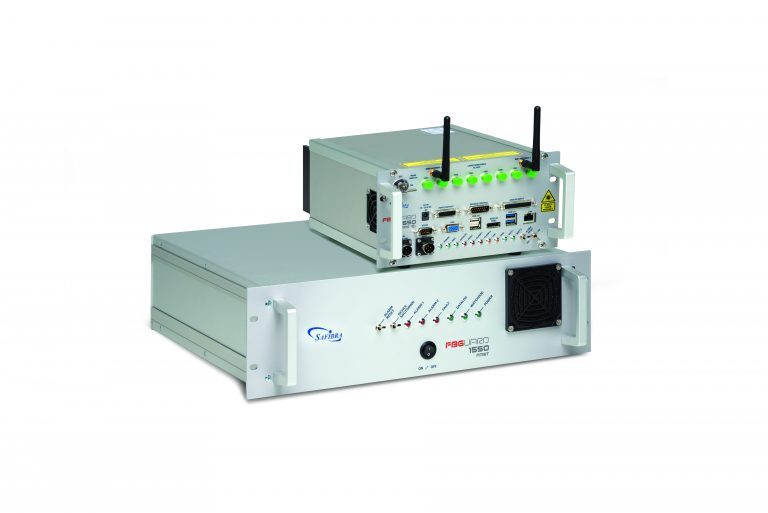Intrinsic multiplexing capability
Thanks to this feature, hundreds of FBG gratings can be recorded on a single optical fiber. They can be kilometers apart or as close as a few millimeters.
Low loss and wideband transmission
The FBGs in optical fiber enable signal transmission with less loss, over longer distances, and at higher data transfer rates than electrical cables.
High sensitivity and accuracy
The FBGs are designed for measurements that require excellent wavelength precision and accuracy of micrometers.
Excellent long term stability
The gratings are highly durable and reliable even in demanding environments. This makes them especially suitable for a long term field operation.
Wide range of applications
The FBG gratings can be used in different applications, such as laser chirp and dispersion management, fiber optic sensing, fiber laser resonators, power spectrum shaping, wavelength selective reflectors, and many more.
Fiber Bragg Grating technology
FBG technology brings many advantages over the conventional sensing methods, such as immunity to EMI/RFI, high precision, durability, quasi-distribution, absolute measurement, compact size, reduced cable requirement, etc.
Performing as a strain sensor
Thanks to its unique characteristics, the FBG can act as a strain sensor when the fiber is compressed or stretched.
Acting as a temperature sensor
Any change in the temperature of FBG leads to a specific wavelength shift of the light reflected at the FBG. This way the FBG grating can act as a temperature sensor.
Multifunctional characteristic
By properly packaging the FBGs, each one can be made sensitive to different parameters. Not only temperature and strain, but also displacement, pressure, acceleration, displacement, etc.
Self-referencing
FBGs ability to provide absolute measurements without the need for referencing makes it the natural alternative to conventional electrical sensing technologies.
Immune to EMI/RFI
The FBG works even in harsh environments, as the technology is fully passive, explosion safe, and immune to electromagnetic/radio frequency interference.
Small size and weight
The microstructures are compact and lightweight, which is very convenient, especially for large sensing networks.















